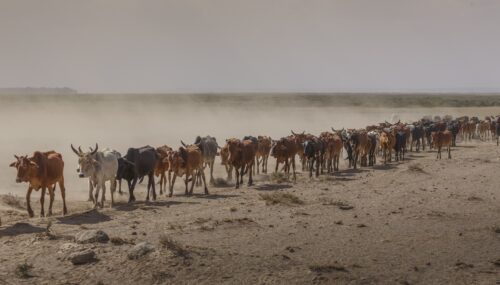- Archaeology ,
- Biology ,
- Culture (730) ,
- Language
Cultural anthropologists seek to understand the diverse ways people live today, including how they think, act, create, struggle, make meaning, and organize their societies.

When Calls for Vengeance Go Online

A Poetics of Liberation: An Imagined Archive

“Stop This Invader!”—The War on Spotted Lanternflies

Erasure I and Erasure VI

How Heavy Metal Fuels Indigenous Revival in Patagonia

Tallahassee Ghazal

Debitage

Tracing Roti’s Pasts, Presents, and Futures

Broken Sonnets for the Anthropocene

David Graeber’s Lasting Influence on Anthropology and Activism

Connecting Local Communities to Paleoanthropology in Kenya

Pequi Winds

Launching Starship in South Texas

A Spacecraft’s Dance From French Guiana to Jupiter

The First Space Launch for Mauritius

How Cosmic Explorations Are Reshaping Life on Earth

Emic/Etic

How a Megadam Disrupts the Flow of Water—and Money

Heaven on Earth and Jesus Is Palestinian

The Strange Power of Laughter

An Order for My Backpack and Three Stages of Nowhere

Cultivating Dragon Fruit’s Political Power in Ecuador

My Errant Uterus

Translation Notes

Poets Resist, Refuse, and Find a Way Through

Home-Carrying—A Repatriation Trip to Vanuatu 100 Years in the Making

Best of SAPIENS 2024

Unwrapping Operation Christmas Drop

Survival Notes

An Imagined Monograph for Nongqawuse

Phantom Vibrations of a Lost Smartphone
